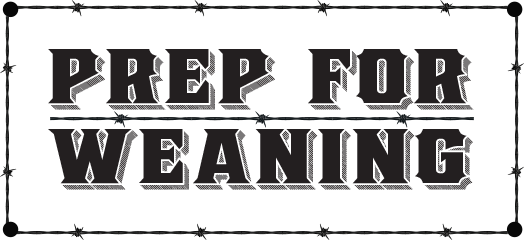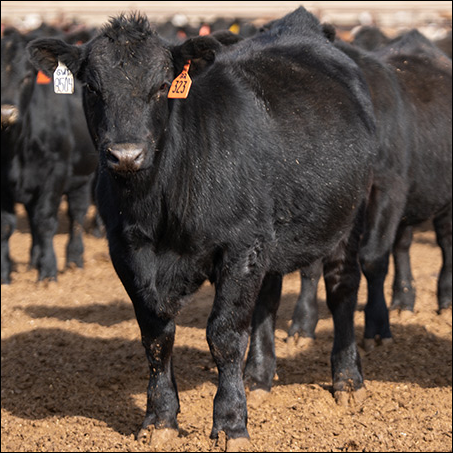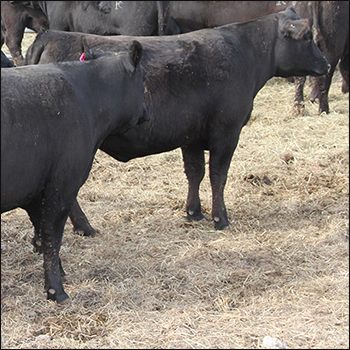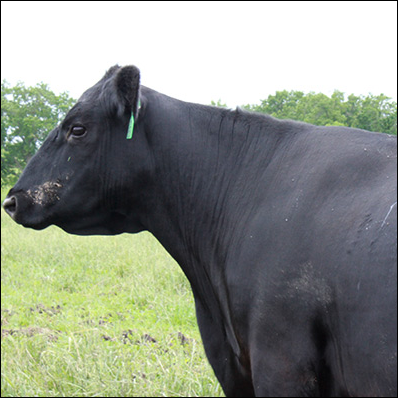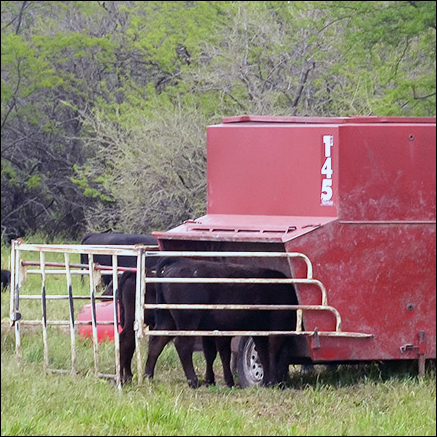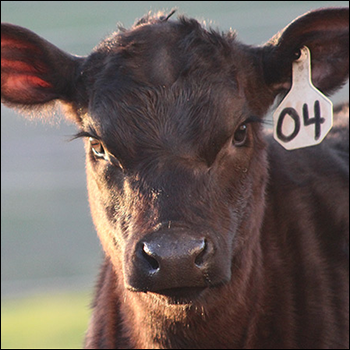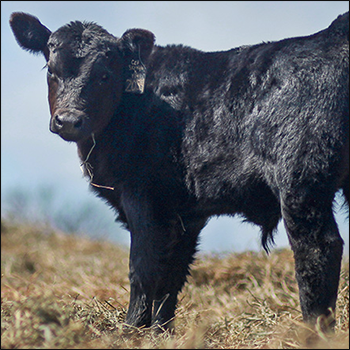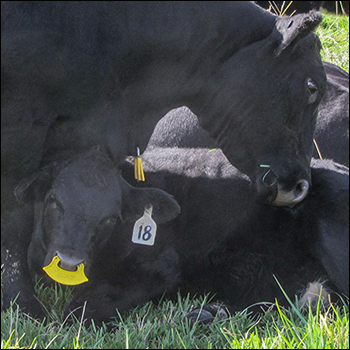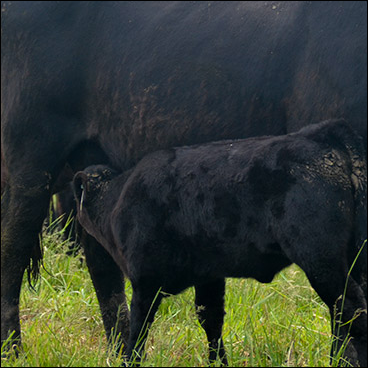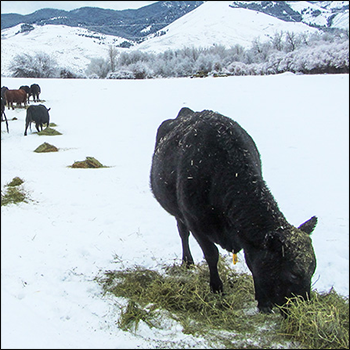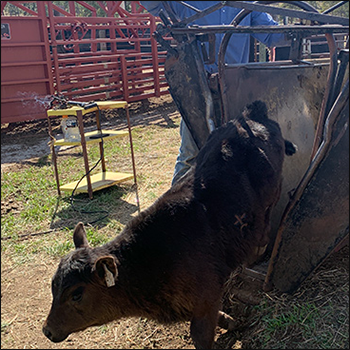
Where is the Beef Industry Going?
Trends noted from BIF morning session speakers.
It’s easy to believe the doom and gloom presented by mainstream media surrounding agriculture — alternative proteins, climate change, carbon credits. Despite these challenges, the beef industry is still moving forward. Speakers during the first general session of the 2021 Beef Improvement Federation (BIF) Research Symposium & Convention focused on how the beef industry can build a bright future.

Troy Marshall, director of commercial industry relations for the American Angus Association, moderated a question-and-answer session with speakers from the symposium’s first general session — Michael Uetz, Midan Marketing managing principal; and Dan Thomson, Iowa State University Department of Animal Science chair. The research symposium was hosted in Des Moines, Iowa, June 22-25.
Several questions focused on whether cattle producers should upend industry practices because of a vocal minority of consumers. Uetz admitted some market research has shown consumers say they want one thing, yet they actually buy another because of price. However, he clarified, other research projects do follow through — surveying consumers, then gathering receipt data from grocery stores to see if respondents did what they said they would. Those are the studies from which recommendations should be taken, he said.
The trends from these “one-two punch” studies are showing that consumers will pay more for a product they feel has value if they understand what the value is, Uetz said. That includes meeting standards on animal welfare and health.
Solid foundation
These standards are things most producers are already doing, Thomson emphasized. Beef Quality Assurance (BQA) lays the foundation for these standards, and it’s an amazing story to share with consumers.
Continuous improvement was the main theme Thomson drove home in his presentation. Cow-calf producers shouldn’t shy away from that, he said.
Cattlemen and women shouldn’t just work to pass audits (in BQA and many third-party-verified programs), because that simply puts a ceiling on how much they may innovate.
When asked what one thing he would change in the industry, Thomson replied, “Docility.” As a vet, he joked, that means he wouldn’t be run over, but docile animals let their guard down and let you know when they are sick. Docile cattle tell their story, and so should cattle producers.
Tell your story
“We are doing incredible things in this industry, but we are losing our share of the commentary space,” Uetz warned.
The familiar admonition of “tell your story” on social media is still necessary. While checkoff resources are focused in urban areas, Uetz urged cattlemen to share what they are doing within their own circles, because not all rural consumers understand agriculture.
This grassroots movement builds trust and gains traction in rural areas. Uetz also noted the checkoff has many resources to help cattlemen do this.
Thomson added, “No other industry has a bigger impact on keeping rural main streets open. It’s about building trust.”
One questioner brought up the point that many small operations don’t feel comfortable shouldering the mantle of advocacy. Thomson recommended joining an agricultural organization to stay involved and informed.
Another aspect of advocating is nutritional education. Thomson noted you can’t start too young on educating about nutrition, because it sets a trajectory for their entire life.
The beef industry has a bright future when we all focus on continual improvement and share about the good things that are already happening.
Find more coverage of the 2021 BIF Symposium in the Newsroom and on the Awards page at www.bifconference.com.
